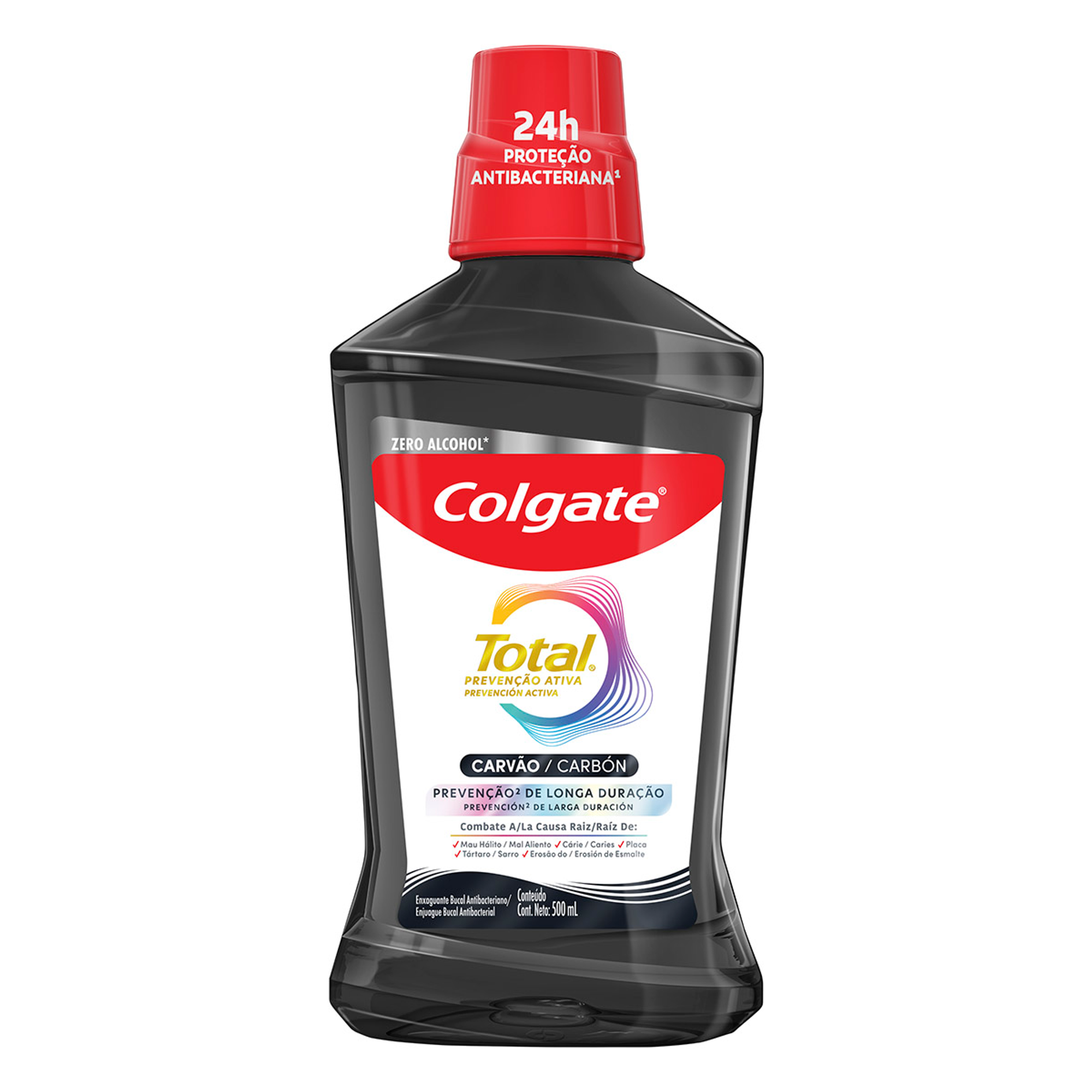What Is Anemia Tongue?
Also referred to as glossitis, this condition causes the tongue to become inflamed and is characterized by several things when your iron levels are low. The tongue's appearance can morph into multiple shades of red and swell slightly in size. The surface of the tongue can smooth out and hide its natural texture, as well. These small bumps you feel on your tongue – also known as papillae – play a crucial role in the eating process, and thousands of taste buds are housed inside them. Papillae alteration can affect how you eat and speak.
Signs and Symptoms
If you think you're suffering from an anemia tongue, schedule an appointment with a dental professional for a proper diagnosis. Here are some traits to look for before making the call:
- Swollen tongue
- Change of tongue color
- Difficulty or inability to chew, swallow or speak
- Tongue pain and tenderness
- Reduction in or loss of tongue papillae
What Are The Causes?
A variety of conditions can lead to tongue inflammation, some more common than others—these include:
- Allergic reactions. Medications, hot or spicy foods, and even certain mouth care products can irritate the tongue's papillae.
- Injuries. Any mouth trauma resulting from burns or the use of oral appliances like dentures can inflame the tongue.
- Oral herpes. Certain diseases, such as oral herpes simplex, can cause blisters, swelling, and tongue pain.
- Dry mouth. Saliva is necessary to keep the tongue moist and free of bacteria that can aggravate the tongue's surface.
Of course, the low iron levels defining anemia are your first stop. Iron aids the body in making red blood cells. When you're deficient in them, the tongue's tissue receives a lack of oxygen, much like the rest of the body.
Types of Glossitis
Tongue inflammation resulting from anemia can take a few different shapes:
- Acute Glossitis. Usually, the result of an allergic reaction, this type of glossitis onsets suddenly and is accompanied by more pronounced symptoms.
- Chronic Glossitis. This results in a constant inflammation of the tongue and might result from another health condition.
- Idiopathic Glossitis. This form of glossitis may be linked to celiac disease. Its origin is unknown but can cause inflammation of the tongue mucous membrane and muscle.
- Atrophic Glossitis. The tongue loses its original color resulting in a dark-red tongue. This form also leads to a loss of a large number of papillae.
Pernicious Anemia Tongue Symptoms
Pernicious anemia causes the tongue's surface to look smooth and appear red instead of the pinkish color of a normal tongue. The tongue might also appear thick or beefy in texture. Some tongues might even be swollen or seem to have cracks. Further, patients with this blood disorder might also have ulcers in their mouths.
In addition to the appearance of the tongue, other symptoms of this disorder are as follows:
- A numb or tingling feeling in hands and feet
- Weak muscles
- Nausea
- Decreased appetite
- Weight loss
- Fatigue
- Fast heart rate
Because these symptoms can overlap with other blood disorders or health issues, it's essential to seek a diagnosis from your doctor. They can typically determine the deficiency through a blood test.
What Are The Treatment Options?
A trip to a dental professional is the best place to start if you suspect you have an anemia tongue. They will look for blisters, a lack of papillae, and signs of inflammation on your tongue. Blood and saliva samples might also be taken during your exam for further testing.
At home, antibiotics, diet changes, and proper oral care are all forms of treatment you can use to combat glossitis. Keep in mind a healthy mouth starts with good brushing and flossing. Keep your teeth and gums as healthy as they can be, and being anemic won't mean being in oral pain.
Oral Care Center articles are reviewed by an oral health medical professional. This information is for educational purposes only. This content is not intended to be a substitute for professional medical advice, diagnosis or treatment. Always seek the advice of your dentist, physician or other qualified healthcare provider.
ORAL HEALTH QUIZ
What's behind your smile?
Take our Oral Health assessment to get the most from your oral care routine
ORAL HEALTH QUIZ
What's behind your smile?
Take our Oral Health assessment to get the most from your oral care routine















